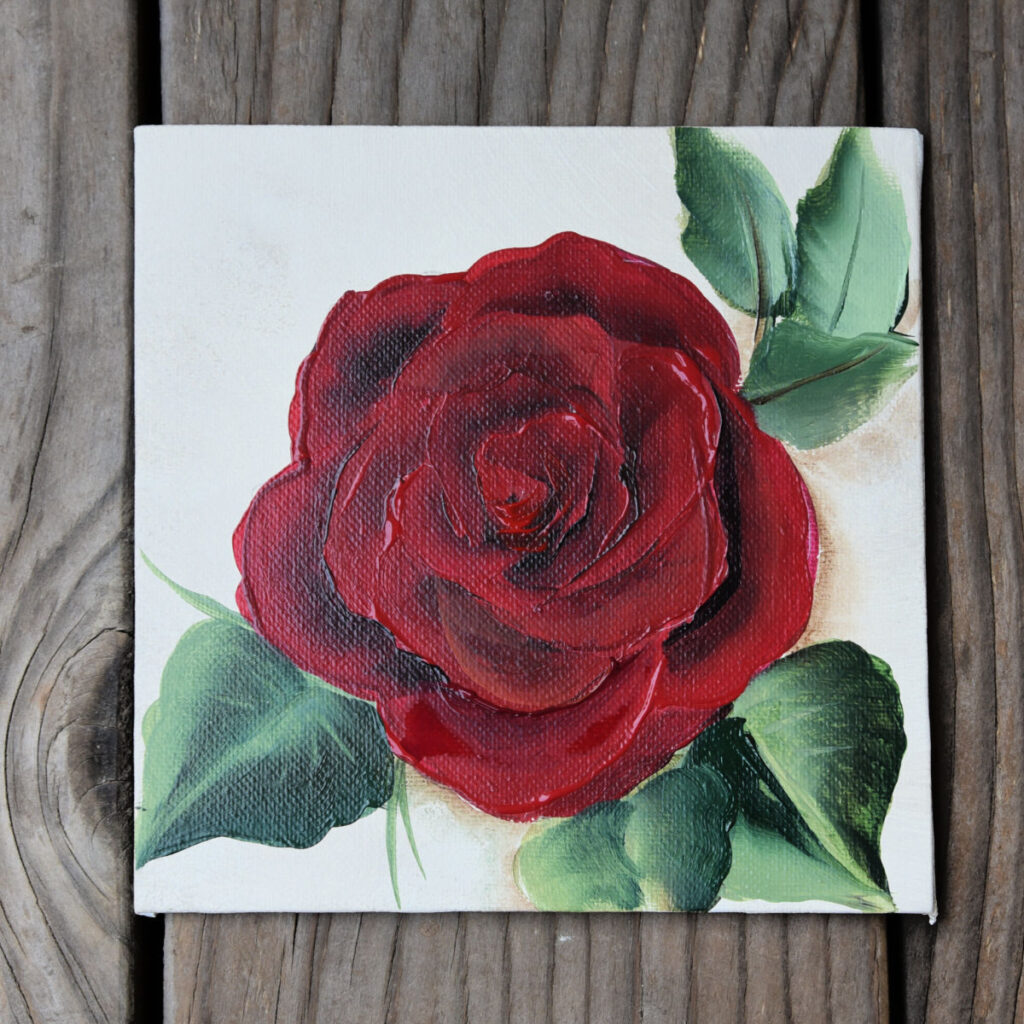introduction to flower painting
Flower painting has captivated artists and enthusiasts for centuries, serving as a vibrant medium to express beauty, emotions, and the wonders of nature. This article delves into the fascinating world of flower painting, exploring its history, techniques, and significance in the art world, while also providing practical insights for aspiring artists. With a relaxed yet expert tone, we’ll journey through the petals of this art form, uncovering its secrets and encouraging a deeper appreciation for its beauty.
The Rich History of Flower Painting
Ancient Beginnings
Flower painting dates back to ancient civilizations, where it often held symbolic meanings. In Egypt, flowers like the lotus represented rebirth and purity, often depicted in tomb paintings and artifacts. The Greeks and Romans admired floral beauty as well, incorporating flowers into their art to signify love, beauty, and fertility. Flower motifs adorned pottery, mosaics, and murals, establishing a longstanding tradition that emphasized the significance of flowers in human culture.
The Renaissance Era

The Renaissance period marked a significant turning point in flower painting. Artists like Albrecht Dürer and Jan Bruegel the Elder brought floral subjects into their works, showcasing incredible attention to detail and realism. Dürer’s intricate studies of plants laid the groundwork for botanical illustration, while Bruegel’s still-life compositions celebrated the fleeting beauty of flowers. This era solidified flower painting as an esteemed genre, appreciated not only for its aesthetic appeal but also for its scientific value in documenting various species.
Modern Developments
In the 19th and 20th centuries, flower painting evolved alongside broader artistic movements. Impressionists like Claude Monet captured the essence of gardens and blooms with loose brushstrokes and vibrant colors, focusing on the interplay of light and atmosphere. Meanwhile, abstract artists explored flowers through unconventional interpretations, emphasizing form and color over realism. Today, flower painting continues to thrive in various styles, from hyper-realistic portrayals to whimsical representations, reflecting the ever-changing relationship between art and nature.
Techniques and Styles in Flower Painting
Traditional Techniques
Flower painting encompasses various techniques that artists employ to capture the beauty of blooms. One of the most traditional methods is watercolor painting, known for its fluidity and transparency. Artists utilize washes to create soft backgrounds, and layering colors to depict delicate petals and lush foliage. The spontaneity of watercolor allows for unexpected outcomes, making each piece unique.
Another traditional approach is oil painting, which offers a rich texture and depth. Artists can manipulate oil paints to create vibrant, luminous colors, enhancing the three-dimensionality of flowers. The slow drying time of oils also enables artists to blend colors seamlessly, resulting in lifelike representations. Techniques such as glazing and impasto can further enrich the visual experience, adding layers of complexity to the artwork.
Contemporary Approaches
Contemporary artists have expanded the boundaries of flower painting by experimenting with mixed media and innovative techniques. Digital painting has gained popularity, allowing artists to create stunning floral compositions using graphic tablets and software. This method provides versatility and the opportunity for endless experimentation, enabling artists to explore styles ranging from hyper-realism to abstract interpretations.
Additionally, some artists incorporate unconventional materials into their work, such as textiles, paper, or even natural elements like pressed flowers. These mixed media approaches add texture and dimension, inviting viewers to engage with the artwork in new ways. The blending of traditional and contemporary methods reflects the dynamic nature of flower painting, appealing to a diverse audience.
Finding Your Style
For aspiring artists, finding a personal style in flower painting is an exciting journey. Experimenting with various techniques can help identify what resonates most. Start by studying different artists and styles, whether through art books, online tutorials, or museum visits. Try your hand at various mediums, from acrylics to pastels, and don’t hesitate to mix them to create unique effects.
Consider the emotional connection to flowers and how that can influence your work. Whether it’s the vibrant energy of sunflowers or the delicate elegance of roses, let your feelings guide your brushstrokes. Ultimately, flower painting is about self-expression, so embrace your individuality and allow your style to evolve naturally.
The Significance of Flower Painting
Symbolism and Meaning
Flowers carry rich symbolism, often representing emotions, seasons, and even cultural beliefs. In flower painting, this symbolism adds depth and meaning to the artwork. For instance, a painting of red roses might convey love and passion, while a bouquet of daisies could symbolize innocence and purity. Understanding these associations can enhance both the artist’s intent and the viewer’s interpretation.
Furthermore, flowers are often seen as a metaphor for the transient nature of life. Their blooming and wilting cycles remind us of the beauty of impermanence, a theme frequently explored in art. Flower painting, therefore, serves as a reflection on life’s fleeting moments, encouraging contemplation and appreciation of the present.
Therapeutic Benefits
Beyond its aesthetic appeal, flower painting offers therapeutic benefits for artists and viewers alike. Engaging in the creative process can be a form of mindfulness, allowing individuals to immerse themselves in the moment and escape the stresses of daily life. The act of painting can promote relaxation, reduce anxiety, and foster a sense of accomplishment.
Moreover, surrounding oneself with floral art can uplift the spirit and enhance emotional well-being. The vibrant colors and delicate forms of flowers evoke positive feelings, creating a harmonious environment. This connection between art and mental health highlights the importance of incorporating creativity into our lives.
Cultural Influence
Flower painting also reflects cultural influences and traditions. In different cultures, specific flowers hold unique meanings and are often celebrated through art. For example, cherry blossoms symbolize the transient beauty of life in Japanese culture, while lotus flowers represent enlightenment in many Asian traditions. Artists often draw inspiration from these cultural narratives, weaving them into their floral compositions.
Understanding these cultural contexts adds layers of richness to flower painting, inviting dialogue and connection between diverse communities. It reminds us that art can serve as a bridge, fostering appreciation for various traditions and perspectives.
Practical Tips for Flower Painting
Choosing Your Materials
Selecting the right materials is crucial for successful flower painting. For beginners, investing in high-quality paints and brushes can significantly enhance the artistic experience. Acrylics are versatile and beginner-friendly, while oils offer a depth that many artists appreciate. Watercolors provide a delicate touch, perfect for capturing the essence of flowers.
When it comes to brushes, a variety of shapes and sizes will allow for different techniques. Flat brushes are great for washes, while round brushes excel in detail work. Additionally, consider using a palette knife for texture and layering effects.
Setting Up Your Workspace
Creating an inspiring workspace is essential for productive painting sessions. Choose a well-lit area with enough space to comfortably work. Natural light is ideal for observing the true colors of your subjects, so positioning your easel near a window can make a significant difference.
Organize your materials for easy access, keeping brushes, paints, and palettes within reach. Consider displaying a vase of fresh flowers as your subject matter. This not only inspires but also allows you to study the nuances of color and form.
Mastering Composition
Composition plays a vital role in flower painting, guiding the viewer’s eye and creating a sense of harmony. Start by considering the rule of thirds, which involves dividing the canvas into nine equal parts and placing focal points along the grid lines or intersections. This technique adds balance and interest to your composition.
Experiment with different angles and perspectives when observing your subject. A low angle can create a sense of grandeur, while a close-up view emphasizes details. Don’t hesitate to move around your subject to discover the most captivating vantage point.
Inspiration from Famous Flower Painters
Claude Monet
Claude Monet, a leading figure in the Impressionist movement, is renowned for his breathtaking depictions of flowers and gardens. His series of paintings featuring water lilies and the flower garden at Giverny showcase his unique approach to color and light. Monet’s ability to capture the fleeting beauty of nature through his loose brushstrokes and vibrant palette continues to inspire artists worldwide.
Monet’s work exemplifies the importance of observation and the emotional connection to nature. By studying his techniques, aspiring artists can learn to embrace spontaneity and explore the ever-changing qualities of light and color in their flower paintings.
Georgia O’Keeffe
Georgia O’Keeffe is celebrated for her bold, abstract representations of flowers. Her larger-than-life compositions challenge traditional notions of floral painting, inviting viewers to see flowers from a fresh perspective. O’Keeffe’s ability to simplify shapes and focus on color demonstrates the power of abstraction in flower painting.
O’Keeffe’s work encourages artists to break free from convention and explore their unique interpretations. By emphasizing form and color over realism, artists can create captivating floral pieces that resonate with viewers on a deeper level.
Vincent van Gogh
Vincent van Gogh’s iconic sunflower paintings remain some of the most recognized floral artworks in history. His expressive brushwork and vivid colors convey intense emotion, making each piece a reflection of his inner turmoil and passion for life. Van Gogh’s ability to capture the essence of flowers through dynamic movement and contrasting colors serves as a timeless lesson for artists.
Studying Van Gogh’s approach reveals the significance of emotion in art. By infusing their feelings into flower paintings, artists can create works that resonate with viewers and evoke powerful responses.
Flower Painting as a Form of Self-Expression
Personal Reflection
Flower painting offers a unique avenue for personal reflection and self-expression. Each bloom can symbolize different emotions, experiences, or memories, allowing artists to convey their innermost thoughts through their artwork. By selecting specific flowers or colors, artists can create a visual narrative that reflects their journey.
Taking the time to explore personal connections with flowers can enrich the artistic process. Consider the flowers that hold significance in your life—those that evoke memories of loved ones, special occasions, or moments of joy. Incorporating these elements into your work can create a powerful connection between the artist and the audience.
Experimenting with Emotions
Art is a powerful medium for expressing emotions, and flower painting is no o mini




